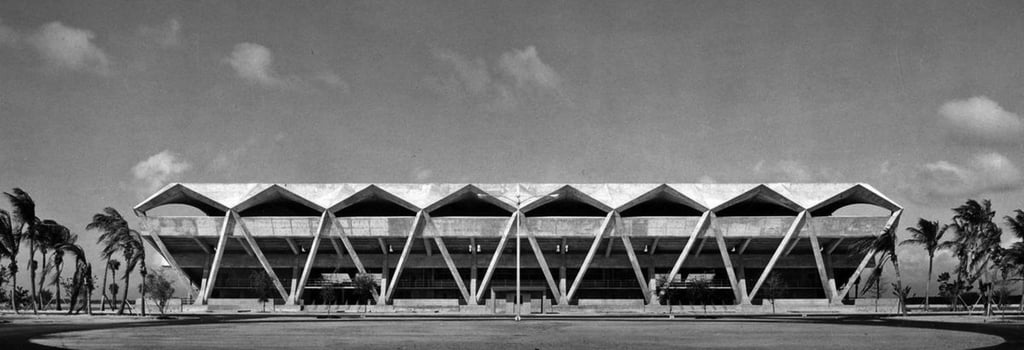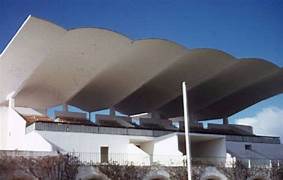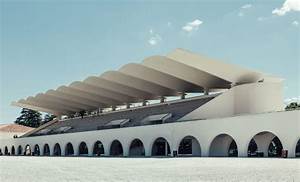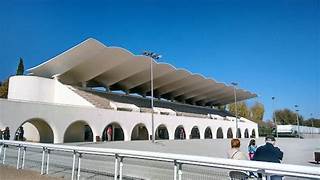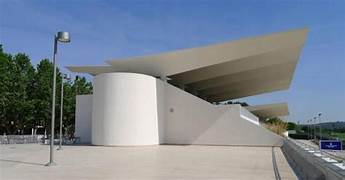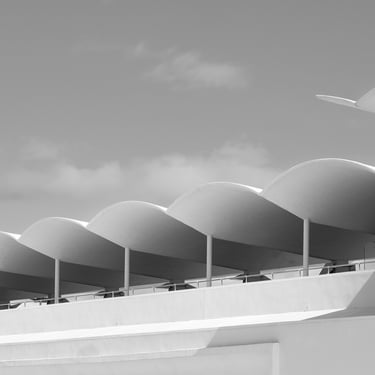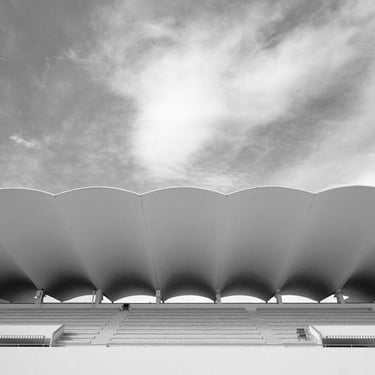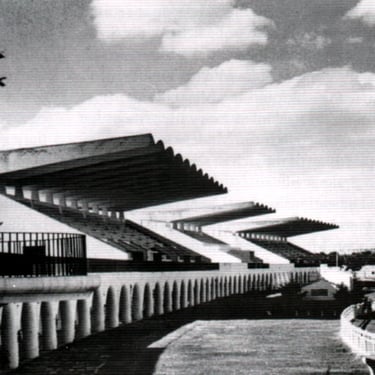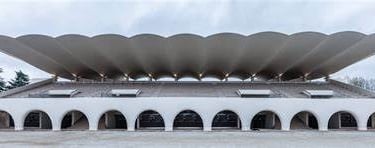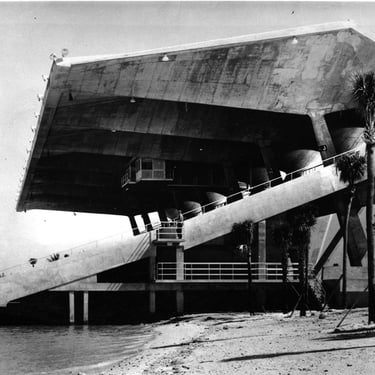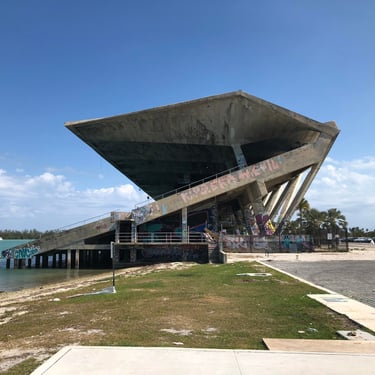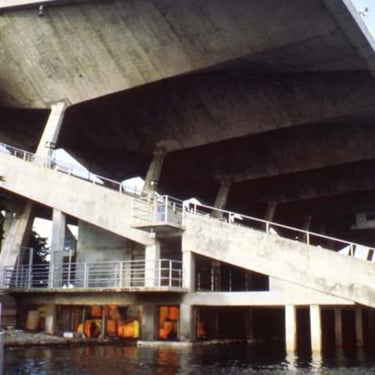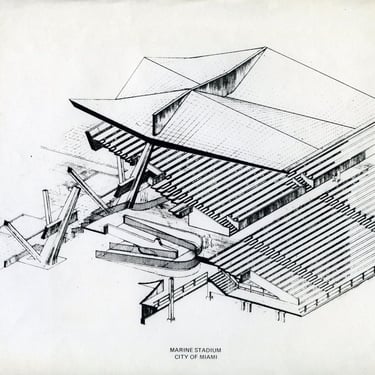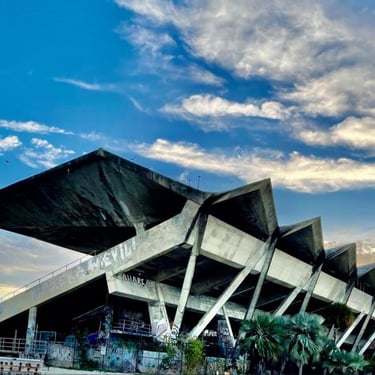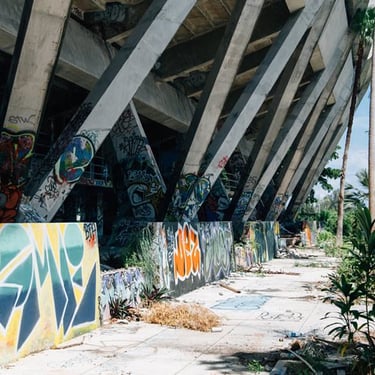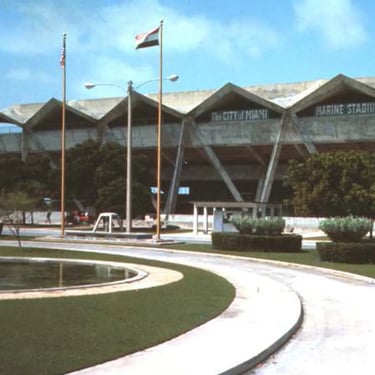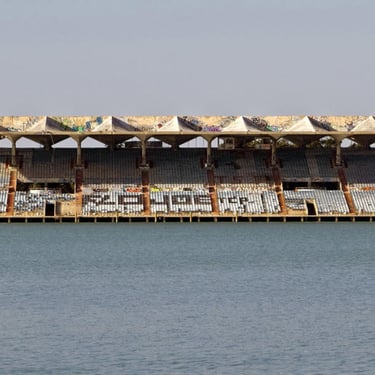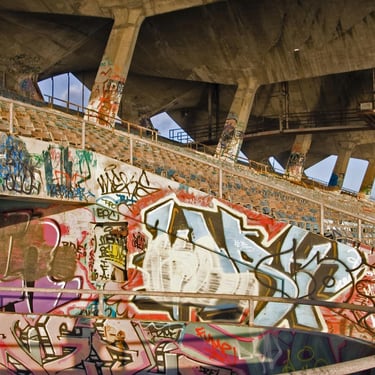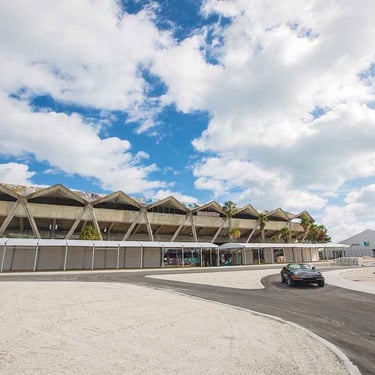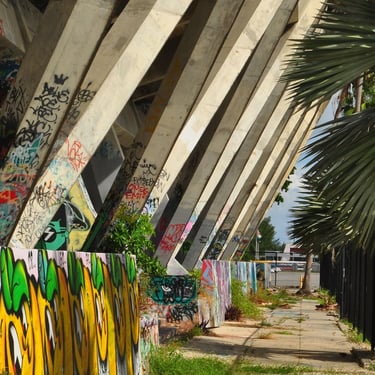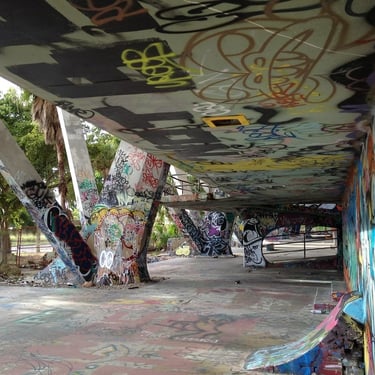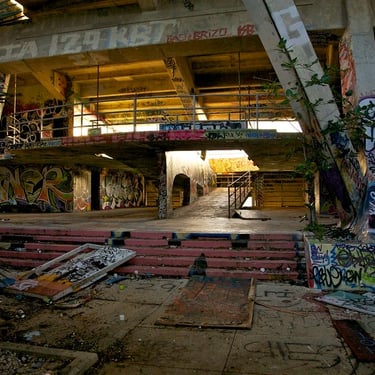Miami Marine Stadium an unjust 32-year oblivion.
ARCHITECTURE
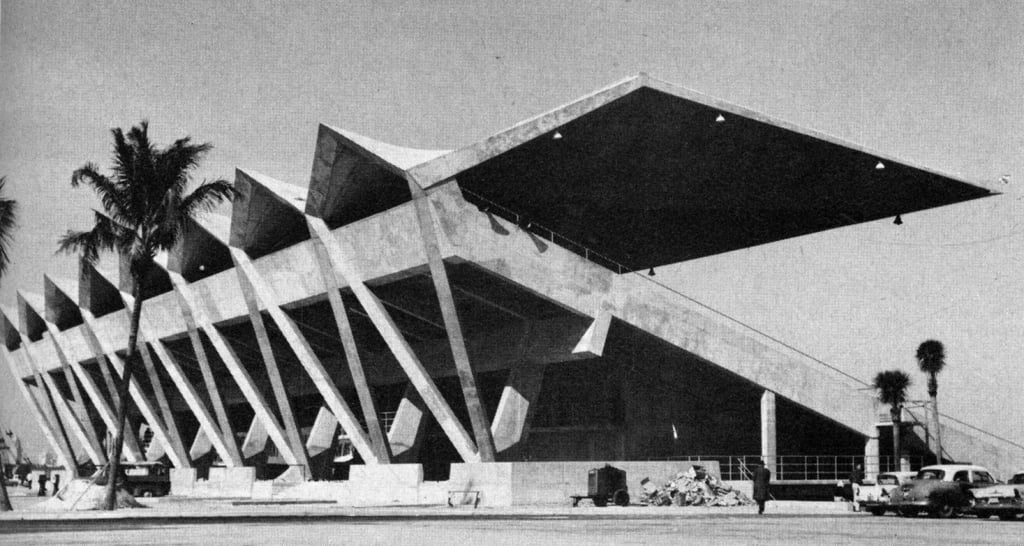

“I thought we could create an outstanding piece of architecture,”
“It would be a sculptural piece.”
Hilario Candela, architect and designer of Miami Marine Stadium.
Miami Marine Stadium an unjust 32-year oblivion.
"People like Torroja were solution-oriented people," "But at the same time, they had a poetic approach to design. That had a tremendous impact on me." said Hilario Candela, architect and designer of Miami Marine Stadium.
During my studies of Architecture in Bogotá Colombia, I enjoyed browsing through several libraries of the faculties of Architecture of the Colombian capital, and in one of them I was fortunate to find and read a book that I still remember: "Razón y ser de los tipos estructurales" by the honorable Spanish Architect Eduardo Torroja, an architect who at one time even became an advisor to Frank Lloyd Wright.
Torroja was one of the masters followed by Cuban Architect Hilario Candela and who served as inspiration to design the monumental roof of Miami's Marine Stadium, now abandoned and contradictorily listed by the National Trust since 2009 as one of the most endangered historic sites in the United States, and the World Monuments Fund placed the building on its "watch list" of threatened sites worldwide.
The young and brilliant architect Hilario Candela proposed a very unique work, a percentage of the grandstand would rest on land; and another would fly over the waters of a wide U-shaped bay dredged for competitions and regattas. The gravity-defying, quadrangular structure rises in perfect diagonals delicately supporting the deck, a soaring concrete canopy pleated in masterful origami that defies gravity and floats framed by the incredible view of Biscayne Bay and Miami. The iconic Miami Marine Stadium canopy is formed by eight hyperbolic paraboloid shells and protrudes more than 50 feet above the interior columns. An engineering marvel: the longest cantilevered concrete span in the world.
The parallelism between the work of Torroja and the work of Hilario Candela between the curves of modernism and the brutalism of each, today continues and begins to generate questions, the Zarzuela Hippodrome, aims to become the first building in the city of Madrid to be declared World Heritage by Unesco, the Marine Stadium with the same attributes is consumed in a paradoxical oblivion carpeted with graffiti.
The Friends of the Miami Marine Stadium group has been working since 2008 to save the structure in a hard work and contrary to what has happened in Madrid with the work of Torroja, the bureaucracy, and it seems that private interests have not wanted to move forward with this project.
The 6,566-seat stadium was built in 1963 by the Millman Construction Company of Miami Beach. The structure was built on land donated for water sports, and designed by architect Hilario Candela, then a 28-year-old recent immigrant from Cuba. It was dedicated as the Ralph Munroe Marine Stadium and cost $2 million (equivalent to $19,117,000 in 2022). The venue, located just south of Downtown Miami, was revered for its scenic views of Downtown and Miami Beach. The stadium was abandoned in 1992 when officials declared it unsafe following Hurricane Andrew.
Following Hurricane Andrew in 1992, the City of Miami closed Miami Marine Stadium for safety reasons. The building remained unusable for seventeen years and continued to suffer from exposure to the elements and chlorides from the coast. Finally, the Friends of Miami Marine Stadium conducted a national search for an engineering firm to determine the requirements and costs for structural repairs. They selected SGH because of its experience with the structure and its expertise in preservation technology, evaluation and repair of concrete structures, and structural analysis.
Following Hurricane Andrew in 1992, SGH worked with the municipal insurer to investigate the extent and cause of the damage. Determined the age of cracks and properties of the concrete by microscopic and petrographic examination of samples. Tested the magnitude of stress under normal and storm conditions by finite element analysis. Geotechnical and structural capabilities of the piles, petrographic analysis of the concrete, chloride content tests and carbonation tests were evaluated.
It was concluded that rehabilitation was technically feasible and conceptual repair details were developed
.
